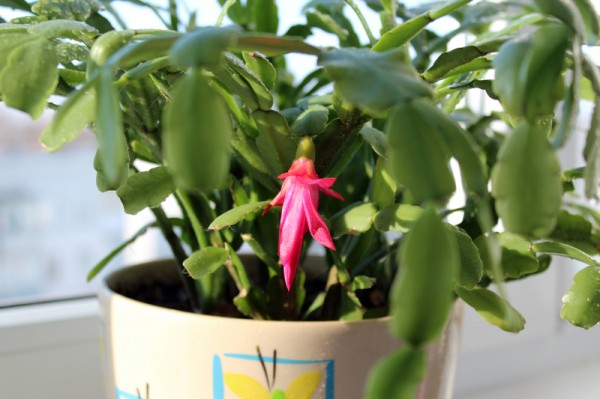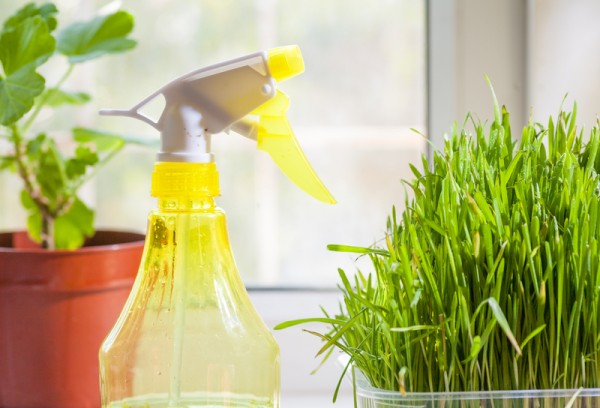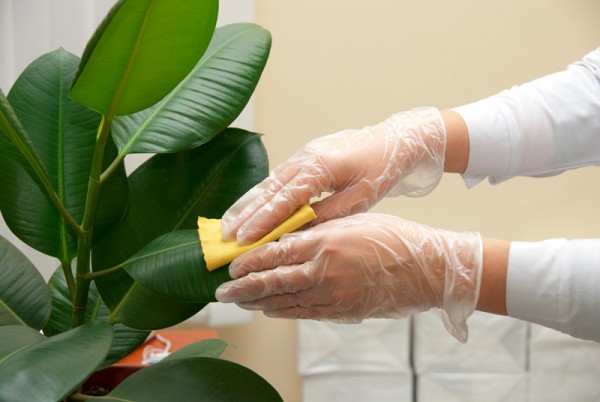Not sure if those leaves look right or not?

Gardening is a hobby that can be rewarding as well as relaxing, but it can also present a challenge, particularly with the notoriously fickle houseplant. Houseplants can seemingly be vibrant and verdant one day and on the edge of death the next, and so maintaining one requires a degree of consistent attention.
Nevertheless, the signs of a healthy plant are relatively easy to spot, and plants with less than ideal ratings in any of these aspects require more attention. There are four central factors that go into determining the health of a houseplant, and they can be evaluated with regular inspection.
Size

Namely, the size of the stems, which should be shorter and thicker rather than long and spindly. Hardier visible plants indicate more developed root systems that absorb water more efficiently and reduce the risk of overwatering. These more sturdy plants will also be less sensitive to small changes in climate or sunlight levels, and so they can be placed in a relatively shady area of the room if struggling plants need more intensive exposure.
The size of the leaves is also significant. Look for wide, flat and lush-looking leaves to see the health of your indoor plant. If your plant’s leaves are dry, shriveled or otherwise lackluster, your plant needs more attention or nutrients.
Color
The leaves of a houseplant should be a rich, shiny green hue. This indicates the presence of ample chlorophyll, which traps the sun’s energy to deliver sustenance to the plant. If your houseplant is a pale green or more shaded with yellow, it may need more regular watering or sunlight. Try moving a drab plant to a full-sun window to allow maximum exposure.
Cleanliness

The surface of a plant serves as its energy collector and respirator, making it extremely important to keep the leaves free of any dust, grime or other debris. Blocking the receptors on a plant limits its ability to draw in sunlight as well as attracting insect predators, and so you should clean the surface of your plants regularly to give it the best chance of growing strong.
Plants with flat leaves should be gently wiped clean with a mixture of warm water and insecticidal soap applied with a soft cloth while plants with many small leaves should be doused with a spray bottle for cleaning. Never use a feather duster to clean a plant, as it could transfer unseen insects or their eggs directly onto your plant from other surfaces.
Bugs
Insects are perhaps the greatest enemy of the healthy houseplant, and an infestation of one plant is sure to spread to others quickly. This makes inspecting carefully for insects extremely important. Plants should be inspected when they are first brought into the home as well as on a regular basis. Any plant discovered to have insect issues should be isolated.
A good way to minimize the effect of insect issues is preventing them in the first place. Use a natural oil insecticide with neem oil spray to drive insects as far away from your precious plants as possible.
Caring for a houseplant is relatively easy, it simply requires a dedication to maintenance. The majority of houseplants include care labels to show you the best methods for the most lush results. Nevertheless, every plant responds differently to different levels of treatment, so be sure to learn the preferences of each house plant in your care as well as the best plants for your climate.
